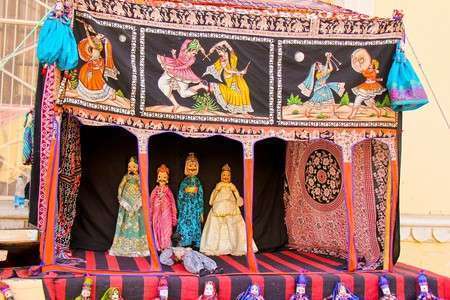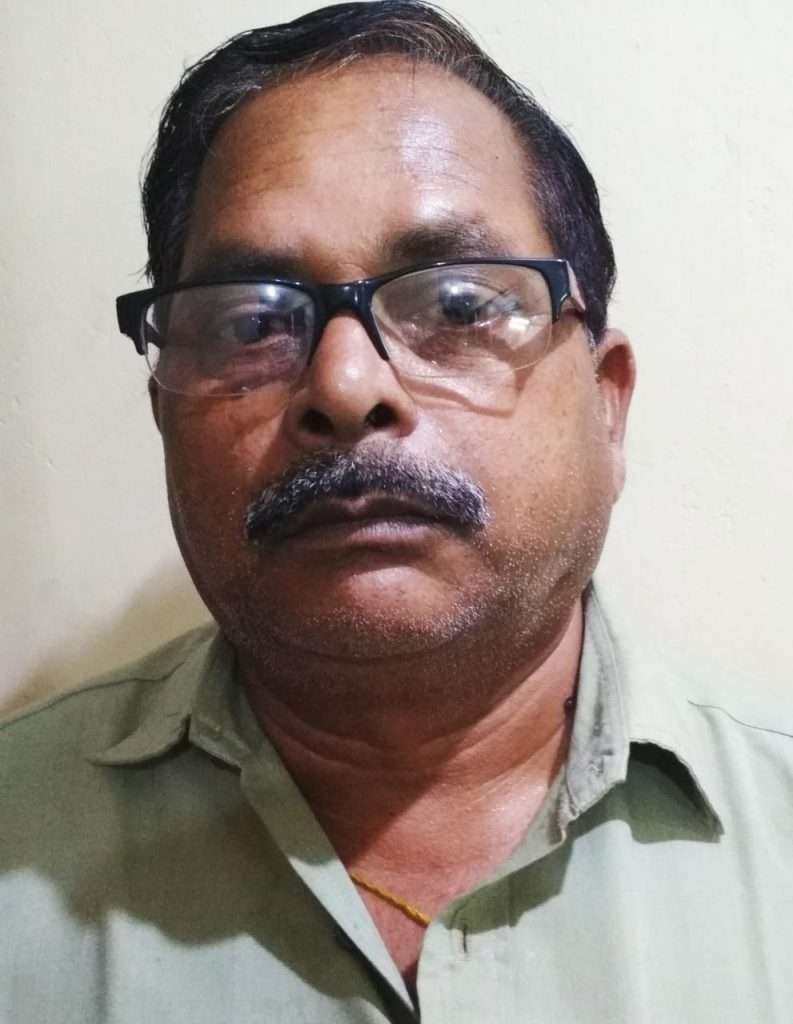Puppetry is the manipulation of Puppets –inanimate objects resembling some type of human or animal figure to perform according to a story. The manipulator is called puppeteer. Such a performance is called puppet dance. Strings and threads are used to make the puppet act on the stage. Puppetry is a very ancient form of theatre which was first performed in 5th century Bc in Ancient Greece. Some forms of puppetry may have originated in 3000 years BC. Puppetry takes many forms, but the common thing is that puppets are manipulated to tell a story. Puppetry occurs in almost all human societies for entertainment and also for satirising the faults of society.
From the early nineteenth century puppetry began to inspire artists from the high art traditions. There was a parallel development of puppetry along with cinema, television and other medias. Puppetry was intellectualised. Although puppetry has. Folk roots, it could be higher also Aristotle (384-322 BC) discusses puppets in his work ‘on the motion of animals’. “the movements of animals may be compared with those of automatic puppets, which are set going on the oceasion of a tiny movement; the levers are released, and strike the twisted strings against one another.” In India puppetry was practised from ancient times. Excavations of clay dolls from Indus valley sites are indications.

The art of Puppetry called Bommalattam is mentioned in Tamil literature. Silappadikaram, which was written in 2nd century BC. There are different types of puppets – Black light puppet, Burnake puppet, visual puppet, carnival puppets, finger puppet glove puppet, human arm puppet, light curtain puppet, marionettes or string puppets, object puppet, shadow puppet, sock puppet, table top puppets, toy puppet, water puppet and many other puppets. In general sense, a puppet is any person who is controlled by another by reason of undue influence, intellectual deficiency, or lack of character or charisma. In India the later mughal emperors were puppets in the hands of nobility – the King makers.
Robert A Heinlein’s novel – the puppet masters depicts alien parasites who attach themselves to human beings and control their actions. The early puppeteers used to stay in remote villages. They took recourse to mythical stories to talk about morals and social mores. But with time dependence on mythology has reduced. Contemporary issues are being addressed – community health, family planning, kanyashree – a state government initiative for the education of the girl child. Child marriage, forest preservation, human traffickings etc are some significant issues attract the attention of puppets. All told, it may be said that for over centuries puppeteers have used their art to comment on contemporary issues and it should be addressed now also, not later.
(The views expressed are the writer’s own.)

Radhakanta Seth is a former Income tax officer in Sambalpur. He is a freelance writer and his articles have been published in some Oriya dailies like Sambad, Samaj, Dharitri, and English dailies like The Telegraph and in a sociological journal ‘Folklore’ published from Kolkata.
He can be reached at [email protected]

